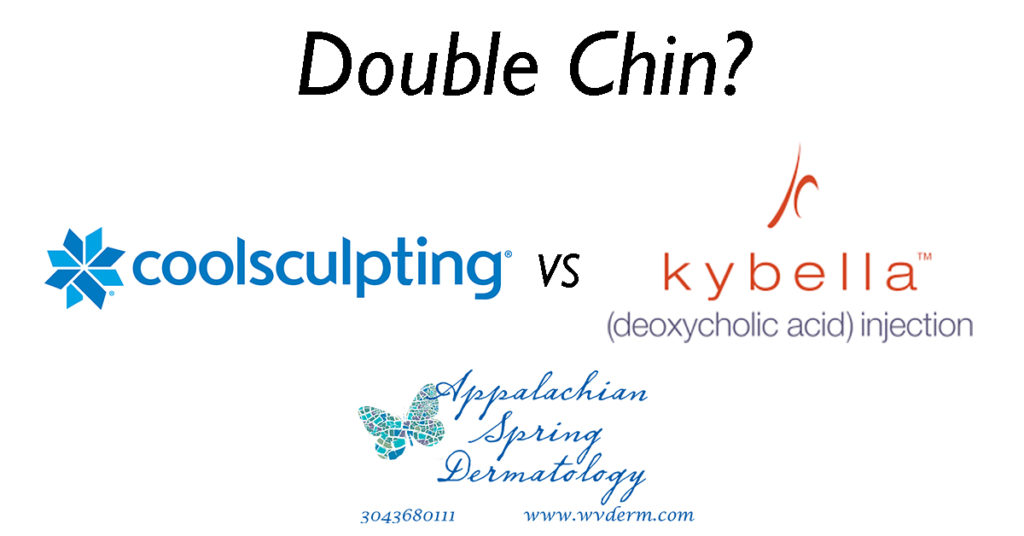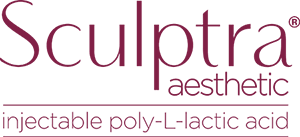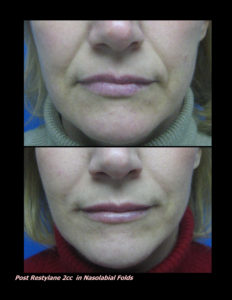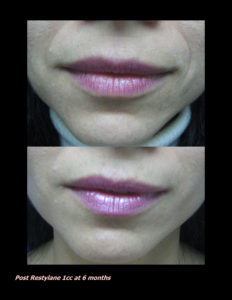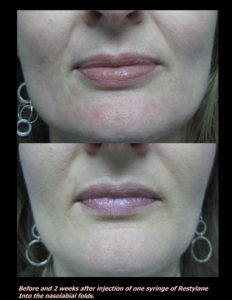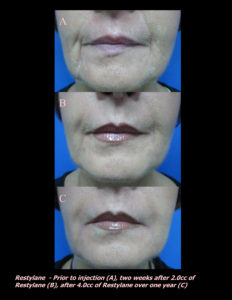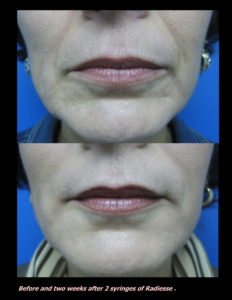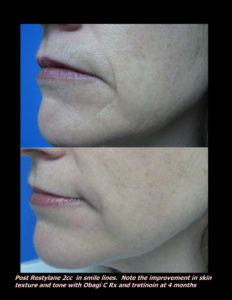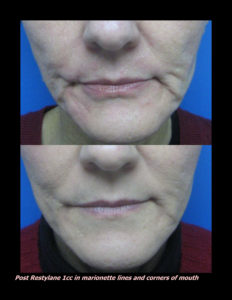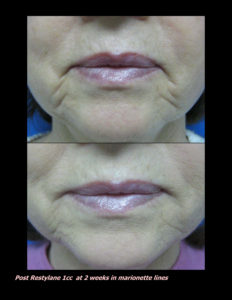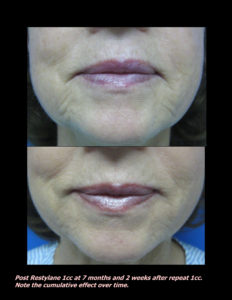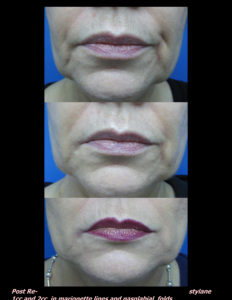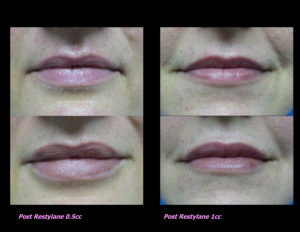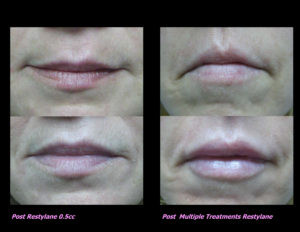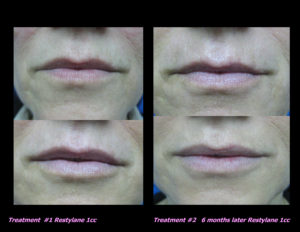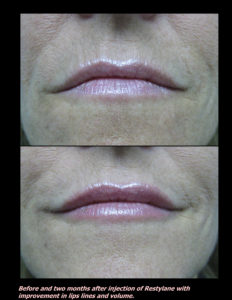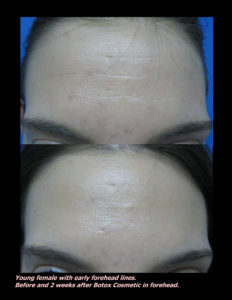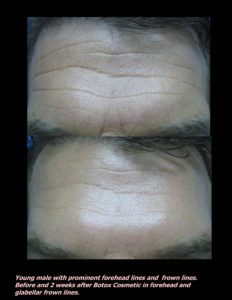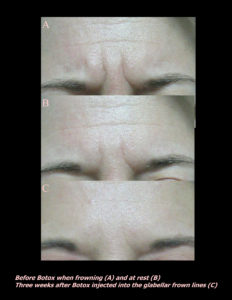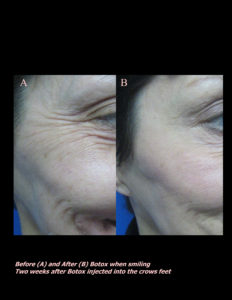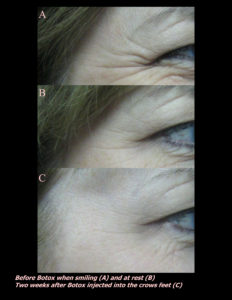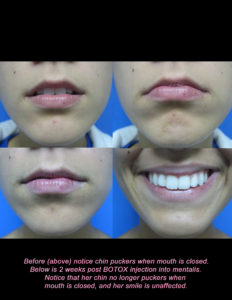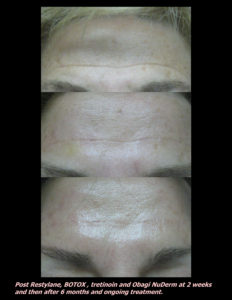Vitiligo is a condition we commonly see in the office. However, most of the time, it is not the primary reason for a patient’s visit, instead just something that is noted on their full skin check. Most of our patients are fairer skinned Caucasians, so luckily their vitiligo is not as socially distressing as it is in darker skinned patients. So, what is vitiligo?
Vitiligo is a condition that impacts about 1-2% of people. It occurs when our own body attacks our own pigment cells called melanocytes, causing light patches on the skin. Many people develop vitiligo early in life and it continues lifelong.
Vitiligo is considered an autoimmune disorder because our body is attacking our own pigment cells. It can be associated with other autoimmune disorders, most commonly thyroid disease, but only a small percentage of patients with vitiligo have another autoimmune disorder.
Treating vitiligo is quite difficult and often requires ongoing, lifelong treatment. Treatment is designed to reduce the inflammatory response that is blocking pigment production. Treatment is most effective within a few months of when a spot first develops.
Topical steroids are the oldest and first line treatment, working to reduce inflammation in the skin. Unfortunately, topical steroids can have other side effects, most notably thinning of the skin, limiting their use on thin skin areas like the face.
We have been impressed with the results we have seen with topical calcineurin inhibitors, tacrolimus and pimecrolimus, which can be used safely on all areas of the body with minimal if any side effects.
Newer topical options include a class of medications called JAK inhibitors, most notably Opzelura, which has been heavily advertised on television. I am quick to remind patients that the fine print on those commercials indicates that those are computer generated images of results. Because it is new, I have not seen a ton of patients with spectacular results especially at the large price of $2000 for a 60 gram tube, which is smaller than a standard toothpaste size tube.
Last but not least, we offer excimer laser treatments in our office, using the XTRAC laser. This laser uses a special type of UVB light to target the inflammation in the pigment cells. These treatments are done in the office two times per week until clear and then with maintenance often once a week. Laser treatments are sometimes covered by insurance, but otherwise are an expensive option. There are discounts available directly from our laser company at https://xtrachelps.com/.
Other than the cosmetic and social distress that can be involved with vitiligo, the important medical consideration is that these areas can sunburn very easily. Pigment from our melanocytes does provide some natural SPF, and vitiligo areas lack this innate protection. Protecting vitiligo areas from the sun and applying a zinc-based sunscreen are important to protect these areas from burning easily.
If you or someone you know has vitiligo, we will provide some links below to some helpful resources, and it you are interested in treating your vitiligo, schedule an appointment!
If you know someone who may find this article helpful, please share it with them! Follow us on social media this week, and subscribe to our growing YouTube channel! If you would like to receive these posts in your email inbox, Subscribe to our Site.



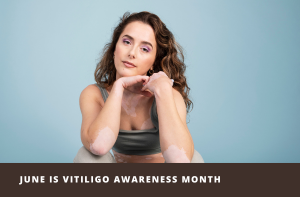


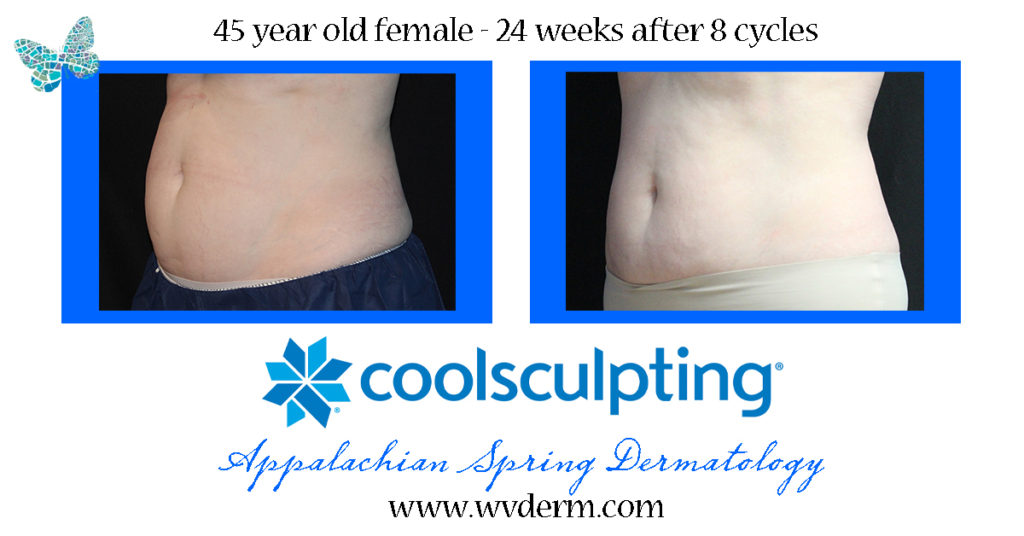
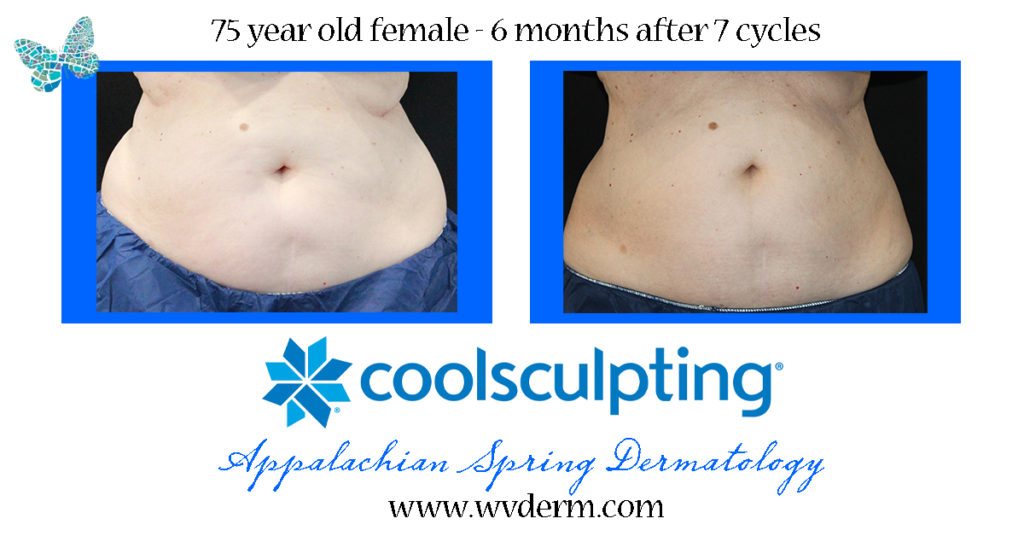


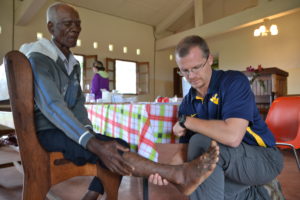


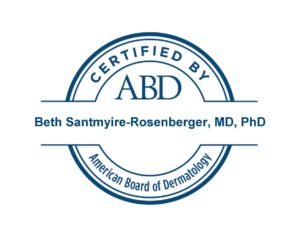

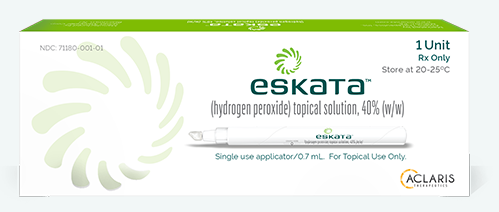

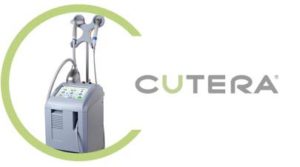 Laser Vein Reduction Treatments
Laser Vein Reduction Treatments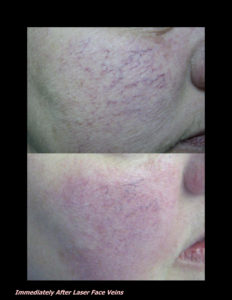
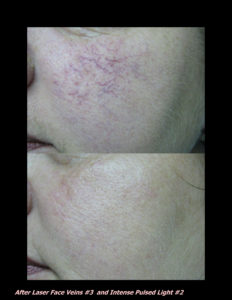
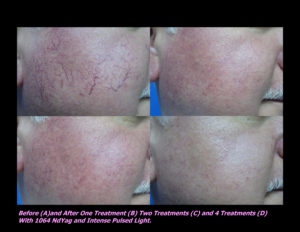
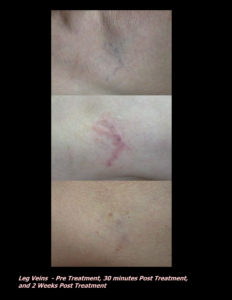
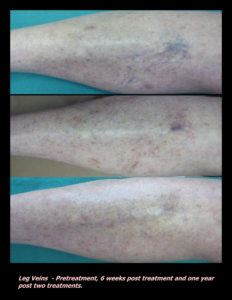
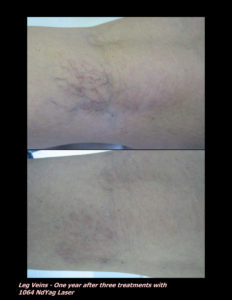
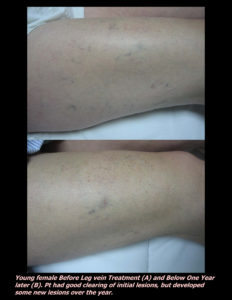
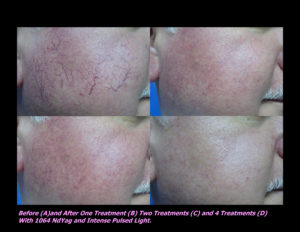
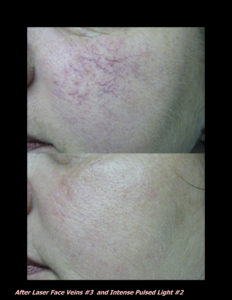
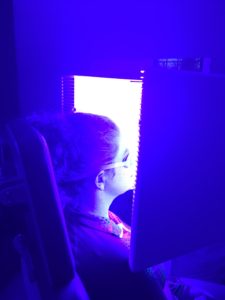
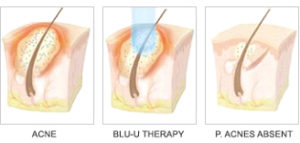
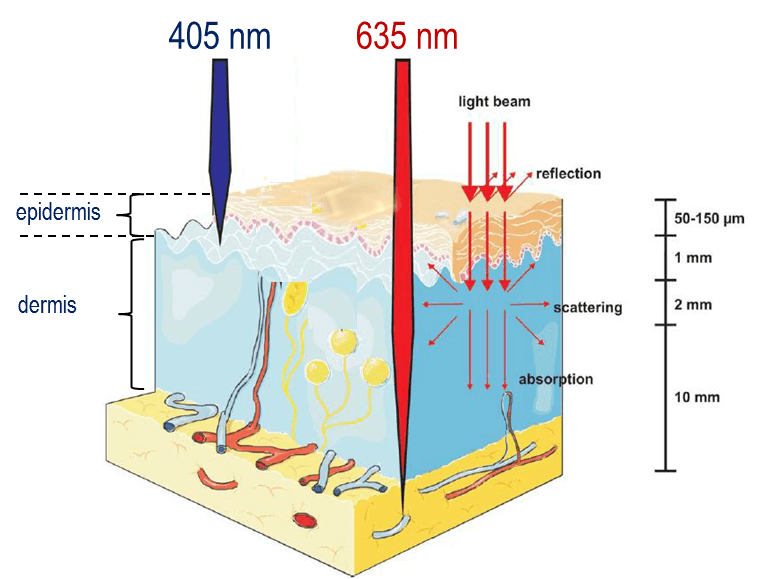
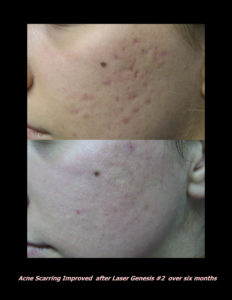
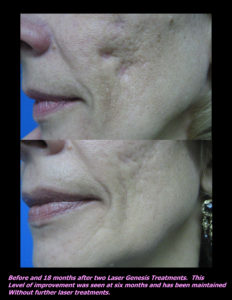


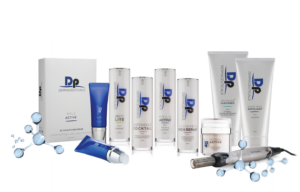 DP Dermaceutical Products
DP Dermaceutical Products